The biofuel production and the domestic Russian market are developing. The last 2010 was both successful and unlucky year for the young biofuel Russian industry. While speaking about figures and biofuel branch by itself it is necessary to stress that according to different statistics the pellet production is increased in Russia in 2010 compare to 2009.
The Russian pellet market is very erratic. Pioneer companies, which started the development of pellet production withdrew from the market several years ago. The second generation pellet mills are also on the stage of closing or business diversification. The third generation of pellet plants, which are constructed on a base of big woodworking factories work stable. There are a lot of new names in the pellet industry of Russia now.
Volumes
The total installed production volume of pellet mills in Russia is about 3 million tons, but the real production is about 1 million tons of wood and sunflower husk fuel pellets.
About 30% of wood pellets are used inside Russia, some husk pellets are used livestock feed, but we have calculated only fuel pellets. Thus, according to the estimation of the “Bioenergy International. Russia”, about 800 000 tons of wood pellets are produced inside Russia, and about 600 000 tons of wood pellets are exported to Europe. Husk (sunflower) pellets are imported to Great Britain and Poland from Russia. About 300 000 husk pellets were exported from Russian to Europe in 2010.
Wood pellets
Two big Russian pellet producers have about one third or even half of wood pellet export from Russia to Europe.
These companies are “DOK ENISEY” from Krasnoyarsk region (Siberia) and “LESOZAVOD-25” from Archangelsk region (North-West of Russia). Each of these companies exports about 120 000 – 130 000 tons of pellets per year.
The “Vyborgskaya Cellulose” pellet mill has not started operation yet. The new date of start-up of the biggest European pellet plant with the capacity of 1 million tons is the beginning of March 2011. (The main equipment supplier of the plant in Leningrad region is “Andritz” and the biofuel agent is “Ekman”.) However other pellet mills as “Novoeniseysky LPH” from Krasnoyarsk region (Siberia) have already started running. Production capacity of new Siberian pellet mill is about 40 000 tons of wood pellets per year. They have produced about 6000 tons since start-up till the end of 2010. “CMP Europe” and “Hekotek” have supplied equipment for the plant.
The third Russian operative big pellet mill is “STOD” (“Tallion-Terra”) from Tver region. This company is equipped with “Amandus Kahl” and has a production capacity of about 80 000 tons per year of wood pellets.
Companies as “Setles” and “Biogran” from Karelia, “Meydzher” from Vologda region, “Green-Power” and “Mir Granul” from Leningrad region produce each about 20000-40000 tons of pellets per year and export the major part of it. Other pellet producers export less than 20 000 tons of pellets per year and some mills sell only several tons of fuel pellets per year abroad.
“Vologdabioexport” from Vologda region was one of the main pellet producers in Russia and one of the biggest pellet exporters from Russia to Europe, but it stopped production in 2010.
Suspension of Vologdabioexport
“Vologdabioexport” with a capacity of 50 000 tons per year stopped the pellet production in Vologda region (Russia) at the end of 2010. The produced pellets are on sale at the moment.
As soon as all pellets are sold the plant is suspended. The plant will be suspended until situation improves. The pellet prices went down on the European markets that were the primary markets for the Russian plant. At the same time inflation inside the country, the drop in the rate of Euro to domestic Rubble as well as an increase of the domestic wood waste prices forced the company to be closed.
The plant produced pellets out of wood waste, which was collected from different companies. The waste price was very low at the beginning and after the pellet plant start-up it started to grow.
As a result, the pellet production became unprofitable and company management decided to shut down the company but not to sell the machinery. As soon as the market starts to grow, the company will start to produce pellets again. The domestic market could also consume some pellets in the future.
The Vologda region authorities stated that they plan to switch all municipal boilers to biomass.
However, other pellet companies in the North-West of Russia (“Rospolitekh” and others) were stopped in the same manner during last few years. At the same time new projects of constructing big pellet mills are developing. The new plants start running as well as the biggest European pellet plant in Leningrad region “Vyborgskaya Cellulose” plans to start production in February-March 2011.
The wood pellet domestic market
The number of pellet producers in Russia is about 200. New projects, such as “Swedwood Tikhvin” with a capacity of 75000 tons of pellets, are about to launch production in 2011. There are other big projects in Leningrad region as well as in other regions. For example, the new company Russian Wood Pellets (RWP) plans to construct several pellet mills with total capacity of 3 mln tons of pellets per year. The main idea has been announced by the former head of the Russian Federal Forestry Agency Valery Roschupkin who is the CEO of RWP now.
Some pellet producers sell their pellets only on the domestic market. Some companies sell on both - the domestic and European markets. About 30% of the produced wood pellets are consumed by private householders and some industrial and municipal pellet boiler houses. They buy pellets from factories directly or in some special warehouses, like “Novotop” in Moscow. It is difficult to find fuel pellets in Russian supermarkets. However some wood pellets are sold as cat toilets and can be found in each big supermarket in a special pet department. There are no power stations, which use pellets in Russia so far. However there are some MW Power biofuel boilers and other power stations which use different kinds of biofuels in Russia, but mostly chips.
European consumers
The European consumers of Russian pellets are different from Russian consumers. “Electrabell”, “Dong”, “Fortum” use Russian pellets, which they buy through big trading companies as “Tekhnoinvest Limitted” and others. Trading companies as “Sir Pedersen AS” (Norway), “Lantmannen Argoenergy” (Sweden) have worked in Russia for a long time. “Biowatti” from Finland consumed some pellets in 2009 and didn’t import them in 2010. Other companies as “Land-Trading” (Finland), “Biomass Partners” (Denmark) and a lot of other companies buy pellets on FOB Russia and CIF Europe terms.
“German Pellets”, which is one the biggest pellet producers in Europe buys some Russian wood pellets directly.
Husk pellets
About 270 000 tons of husk pellets were exported from Russia for Europe in 2010. The main sunflower husk pellets consumers are Great Britain and Poland.
The main producers of fuel husk pellets are “Ug Rusi” from Rostov-on-Done, they sells about 130 000 tons of husk fuel pellets abroad.
“EFKO” from Belgorod region, “Yantarnoye” from Saratov region, “Chishminskoye” from Bashkortostan, “Pavlovsk-agroproduct” as well as “Bunge SNG” and “Centre Soya” export fuel pellets to Europe.
Some companies produce husk pellet for animals but we don’t speak about such kind of pellets. We estimate the fuel pellet production only.
The prices for husk pellets are lower than for wood pellets. At the same time it is still profitable to produce such kind of pellets and export it. Sunflower husk is waste for vegetable oil producers.
Conclusion
As a conclusion it is necessary to stress that both Russian wood and husk pellets markets develop very rapidly. Russia doesn’t produce straw pellets in big amounts but if the straw pellets will be in demand, the number of straw pellet producers will be increased. At the same time the wood pellet production capacities which are installed in Russia could be among the biggest in Europe. Russia can produce about 3 million pellets with “Vyborgskaya Cellulose” pellet mill, but it produces only about 1 million so far.
Olga Rakitova, PhD
The Bioenergy International. Russia
Rakitova@infobio.ru






.jpg)
.jpg)
(1).jpg)
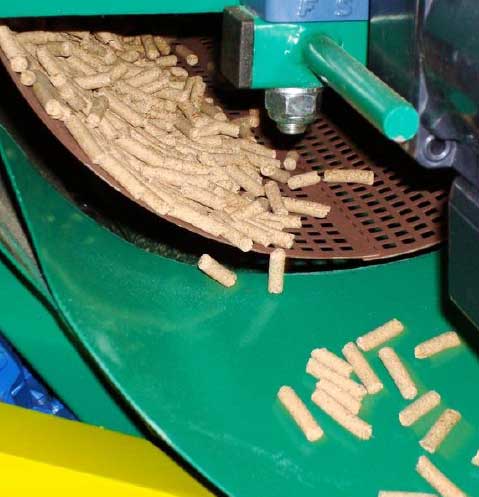

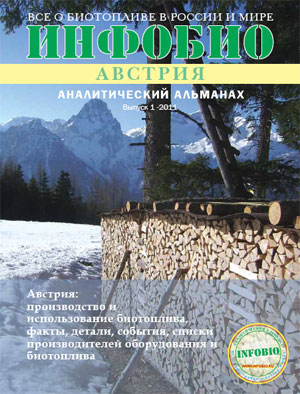


.jpg)

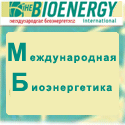

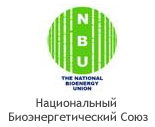
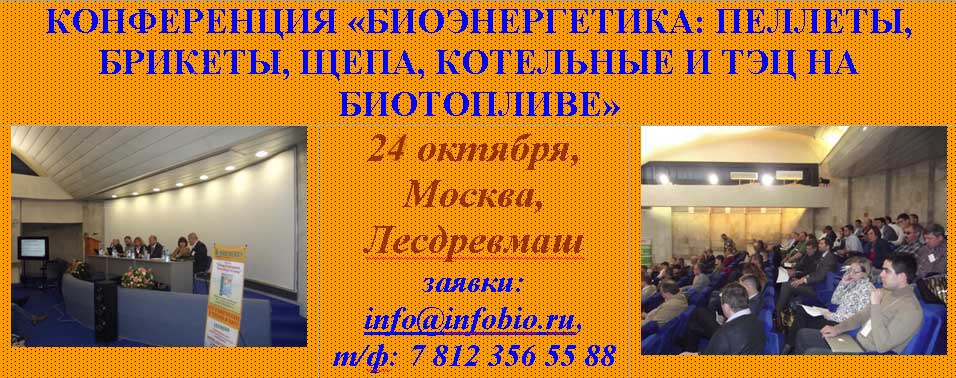
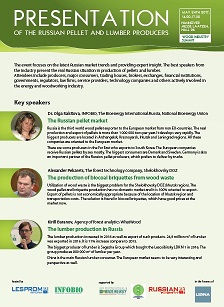

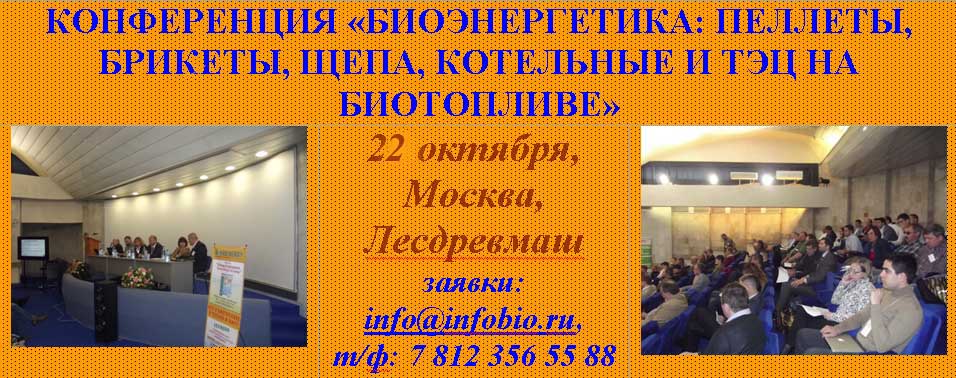
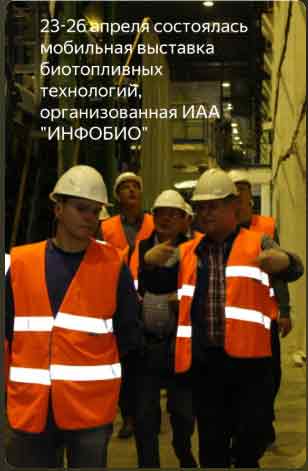
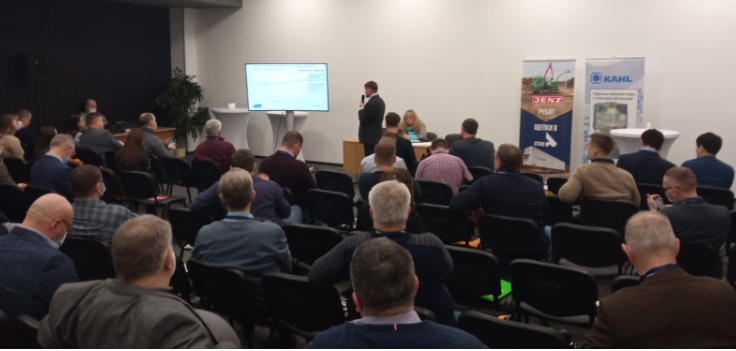
.jpg)
